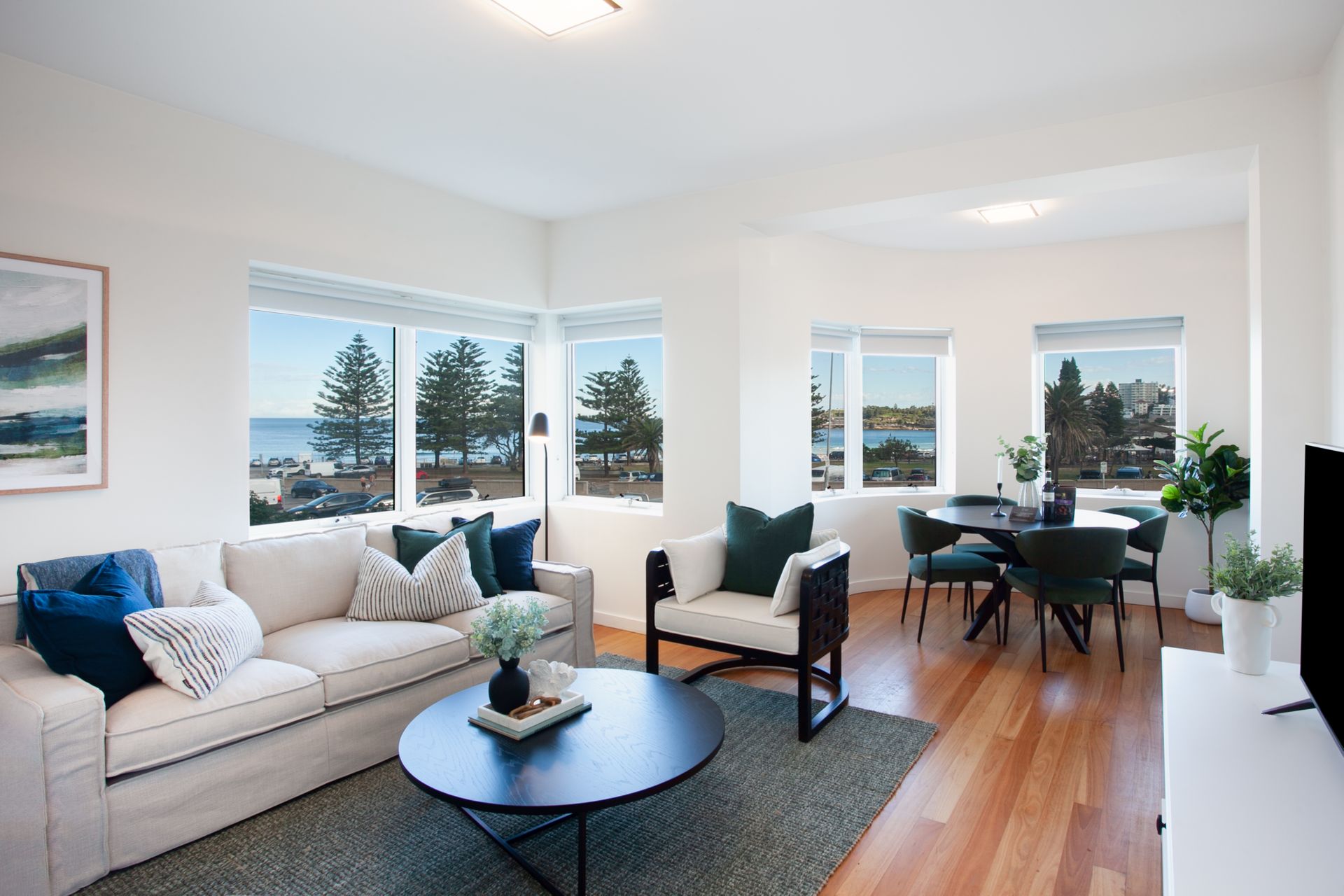Struggling with winter vacancies or feeling like you’re missing peak-season profits? The effects of seasonal events on property rentals are real, and without a plan, it can hurt your bottom line. By understanding seasonal rental trends and rental cycle timing, you can make smarter decisions. This blog will walk you through key patterns and practical tips to help you stay ahead and boost year-round returns.
Rental seasonality: Seasonal trends across Australia’s cities, coasts, and countryside
Australia’s short-stay market changes with the climate, the school calendar, and a rolling roster of festivals. From coastal towns to inner-city hubs, owners who understand what guests want at different times of year can stay one step ahead.
Spring/summer vs. winter: how rental demand changes with the seasons
From September through March, coastal and city listings hum with seasonal tenants planning long weekends, weddings, or end-of-year reunions. Occupancy jumps first in the September school holidays, then peaks over Christmas and New Year, when short-term letting peak periods push average daily rates (ADRs) above the annual average.
Demand slides once southerly winds arrive in June, except in pockets where winter is an attraction. These regions include Thredbo, Perisher, Hotham, and Falls Creek, where chalet bookings open a year in advance and owner income can rival high-summer coastal yields. Expect fluctuating occupancy rates everywhere: business travellers replace beachgoers, stays are shortened, and nightly prices soften. The savvy host uses the lull for deep cleans and minor renovations that would be impossible in December.
How seasonal events drive rental shifts in major cities (Melbourne, Sydney, Brisbane)
Events can turn a “slow” month upside down. Sydney’s Mardi Gras often spikes the nightly rates of CBD studios between February and March. Two months later, Vivid transforms shoulder-season May into a peak rental season, filling lofts and apartments near Circular Quay and Surry Hills mid-week.
Melbourne’s March and July university intakes flood inner-north terraces with students and parents hunting furnished leases, while the AFL Grand Final and Melbourne Cup see hotel-style occupancy in spring. Brisbane’s Riverfire and the Ekka turn late August (usually a quiet spell between school breaks) into a spike that rivals Easter. Owners who understand event-based pricing and are willing to sync their calendars with these events capture premium rates and avoid the scramble to discount.
Reasons coastal rentals increase significantly during school holidays
Surf carnivals and outdoor evening markets feed Australia’s love affair with the coast. When NSW and VIC break for holidays, Byron Bay, Torquay, and Mornington listings disappear from booking sites in hours. These bursts underline how seasonal tourism impacts the holiday rentals property market: families book early, pay higher nightly rates, and stay longer.
Outside these peaks, short-term letting often drops, making it essential for owners to plan around low-activity weeks. What follows is a time for repainting decks and planning new photos. Owners who embrace the highs and lows protect reviews and profits throughout the year. This is why knowing how to maximise occupancy rates during the low season is a key part of sustaining profits year-round.
How do holidaymakers and tourists shape your rental income?
Tourist seasons trigger sharp holiday rental demand shifts, especially around long weekends and festivals. During these high-traffic periods, properties see stronger high-season rental occupancy, giving owners room to adjust pricing. But it’s not even all year; rental yield variability across quarters often sees Q1 and Q4 outperform Q2 and Q3. Timing and guest type matter more than ever.
Managing seasonal income fluctuations: practical tips for property owners
Seasonal variations in real estate can sometimes be bumpy: high income one month, flat the next. Without a plan, those swings strain cash flow and make long-term budgeting more of a guesswork. Use these three tactics to tame the highs and lows and keep your property profitable every quarter.
Use smart pricing for peak seasons
Start with a solid base rate that covers fixed costs, then add event-based rental pricing for Mardi Gras, Vivid, or the September school holidays, times that mark clear short-term letting peak periods.
Track lead-time demand in your property management system (PMS): if bookings lag eight weeks out, hold; if enquiries surge two weeks before arrival, slightly lift rates. Never “set and forget”; adjust weekly to match pacing data. A thoughtful rental calendar optimisation strategy ensures you don’t miss out on short-notice demand or underprice in the lead-up to major events. If you need some walkthrough on approaching pricing during the winter period, check out this guide to winter pricing for Sydney Airbnb.
Develop a seasonal budget and build a reserve fund
Map income and expenses quarter by quarter. Allocate a slice of December-January profits to cover quieter Q2 weeks, when seasonal income fluctuations widen and rental yield variability across quarters can catch owners short.
Funnel that surplus into a dedicated maintenance account; consider it a buffer that absorbs emergency repairs, rate drops, or a sudden vacancy. Review the fund monthly and top it up every peak period so you’re never forced to cut rates to pay invoices.
Plan for seasonal maintenance and operational costs
Book gutter cleaning before the rains and get your air-con serviced well before summer. These jobs are best tackled during short-term letting-off periods when guest turnover is low. It’s also a smart time to address wear and tear. For a complete checklist, see our home maintenance and troubleshooting guide.
Unlock your property’s potential this season with L’Abode Accommodation.
Seasonal factors in real estate can make short-term rental hosting unpredictable, from last-minute gaps to high guest turnover. L’Abode Accommodation takes the pressure off with end-to-end support, including professional listing setup, guest communication, cleaning, and maintenance coordination.
Whether it’s peak season or a quieter stretch, we’ll help your property run smoothly and meet guest expectations. Explore our offerings and see how we can support you.

